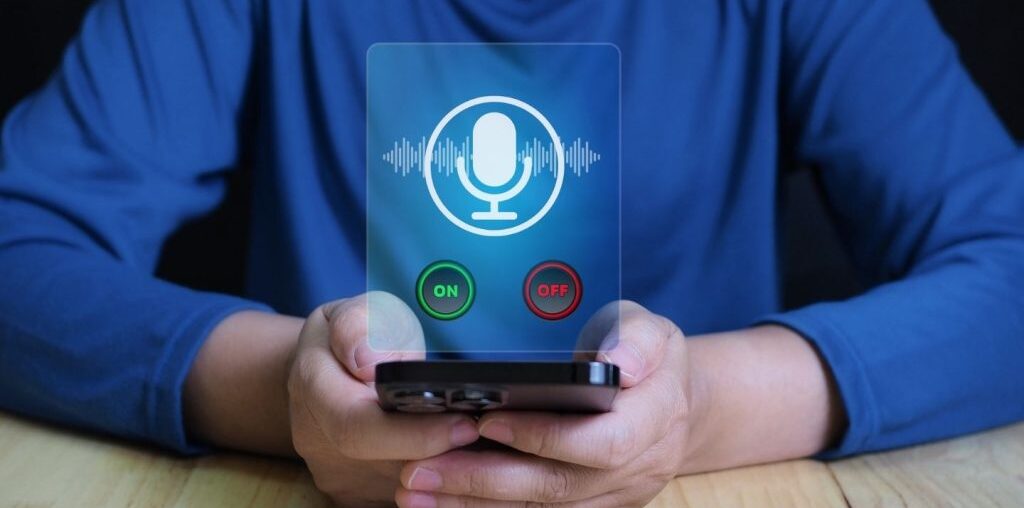
Deepfakes: What You Need to Know
Deepfakes are fake videos, images, or audio created using artificial intelligence (AI). They can make it seem as if someone said or did something they never actually did. While some deepfakes are harmless or fun, others can be used to trick people, spread lies, and cause harm. This makes deepfakes especially dangerous during important times, such as elections.
In elections, deepfakes might be used to make a political candidate say something they never said. This disinformation can confuse or mislead voters. Deepfakes are also being used to scam people. Scammers will clone a loved one’s voice, and then create a fake message that sounds real. This trick often makes the loved one sound in distress. This make it easier for the scammers to get money or personal information. All it takes is 3-10 seconds of someone’s voice to make a convincing fake.
How to Protect Yourself
To add a layer of protection for yourself and others, here are some tips to guard against deepfake scams:
- Don’t Answer Unknown Calls: Let unknown numbers go to voicemail.
- Let the Caller Speak First: Listen carefully before you respond. This gives you time to think more clearly. When you think clearly, you might be able to tell better if the call is real. Pausing and listening also helps you avoid giving away information to any scammers.
- Use a Code Word: Set up a secret code word with your loved ones. It will help you to quickly confirm their identity.
- Hang Up and Call Back: If something feels wrong, hang up and call your loved one directly with a phone number that you know is theirs.
How to Spot Deepfakes
Deepfakes aren’t just limited to phone scams. They can also appear as fake photos and videos, including during the election season. Here’s how to spot them:
- Look for Glitches: Watch for strange movements, mismatched lips, or weird facial expressions.
- Check the Source: Always ask where the video or photo came from and who shared it. This is even more important if the video or photo showed up in your email or social media feeds.
- Be Skeptical: If something doesn’t seem right, it might be fake.
Learn More
Do you want to learn more about AI, including deepfakes? We have resources to help:
- Digital Skill Building Pathways: We have two courses in our Digital Skills track. The “Intro to Artificial Intelligence (AI) 102” course goes over deepfakes and scams. We also recommend the basic “Internet Safety & Security” course for basics, such as protecting your passwords and dealing with email spam. No library card needed.
-
eResources:
- The Latest News: Did you catch any of the latest New York Times articles on deepfakes? Did you know you can have at-home access to the New York Times online with your library card? You can also access the Wall Street Journal.
- Online Courses: Want to access more courses online? Use LinkedIn Learning with your library card. This one includes a course called “Understanding the Impact of Deepfake Videos” and “The Cybersecurity Threat Landscape”.
For the election in November, SJPL has an Elections page, which includes information about where you can drop off your mail-in ballots, as well as where you can find trusted sources of information. We also have information experts on hand, who can help you research whether something is real. You can visit us at any library location or contact us through live chat or email.
What’s the City Doing?
The City’s Digital Privacy Office is also working to protect you from the dangers of AI and deepfakes. They’ve developed guidelines and trainings for staff to follow, worked on the City’s AI Principles and AI Policy, developed the San José AI Inventory, and is convening the GovAI Coalition Summit on December 4–5, 2024.

